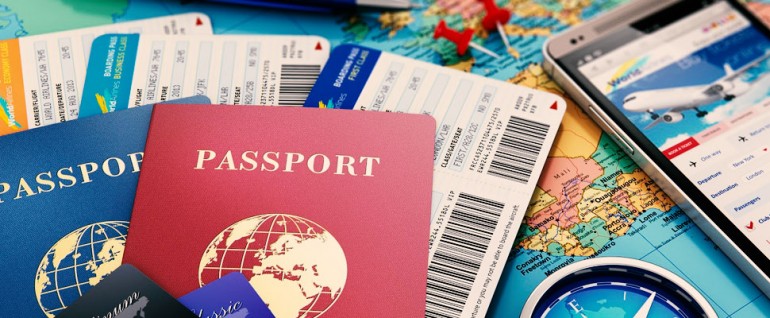Sponsored Listings:
The European Union has announced the creation of the European Travel Information and Authorization System (ETIAS), which is summarized in a compulsory permit for visitors from various countries around the world, including 15 Latin Americans: Argentina, Brazil, Chile, Costa Rica, Colombia, El Salvador, Mexico, Guatemala, Honduras, Nicaragua, Panama, Paraguay, Peru, Uruguay and Venezuela.
In general terms, the document is a visa disguised as a “permit” that must be processed if you want to have access to the Schengen Area. If the visitor obtains it, he / she will be able to transit through the entire space without restrictions for up to 90 days. This was approved by the European Parliament and by the Council of the European Union, at the initiative of the European Commission. Until recently, only citizens of four Latin American countries have to submit a visa: Cuba, Ecuador, Bolivia and the Dominican Republic. However, now the Latin American citizens of the 15 countries mentioned should do the procedure.
The Schengen Area is an area of free mobility with a significant migratory flow. It exists since 1985 and the purpose is to remove border controls for a truly free transit. It does not cover the 28 countries of the European Union (the United Kingdom is still a member), only 22 are part of it. The other six are not part of the space for various reasons, either because they fear migratory flows to their territory as is the case of the United Kingdom and the Republic of Ireland, or because opening the space would involve large flows mainly for economic reasons. Precisely, in this situation are Croatia, Bulgaria, Romania and Cyprus.
In total, the Schengen Area consists of 26 countries, 22 of the European Union plus Switzerland, Norway, Iceland and Liechtenstein. If a visitor obtains the permit, they can circulate throughout the space for up to 90 days. The document is valid for up to 3 years if the passport has that validity, if the validity is lower the permit expires with the passport, and its cost will be € 7. In the process they ask the reasons for the trip, if they have relatives in the European Union, data on education, employment and “security questions” according to the institution’s words.
The tightening of its migration policies belatedly responds to the migration crisis that Europe had in the last five years, where the tension generated by terrorism, Islamophobia, xenophobia, social polarization and the strengthening of the extreme right has grown. The European Union responded by restricting the Schengen Area after a long discussion that lasted for years, which in some cases even sought to cancel it.
In the case of Latin Americans, tourism will be difficult since most tourists could enter for up to 90 days with minor restrictions. However, this could bring benefits for tourism in the region, since tourists can opt for Latin American destinations instead of Europeans. Until after 2020 it will be possible to analyze whether the measure has served to reduce terrorism and illegal migration for economic reasons. Despite its criticism of Donald Trump, the European Union has not responded so differently. The US president toughened the granting of visas, now Europeans imposed ETIAS as a euphemism for visas.
Source: latinamericanpost.com










